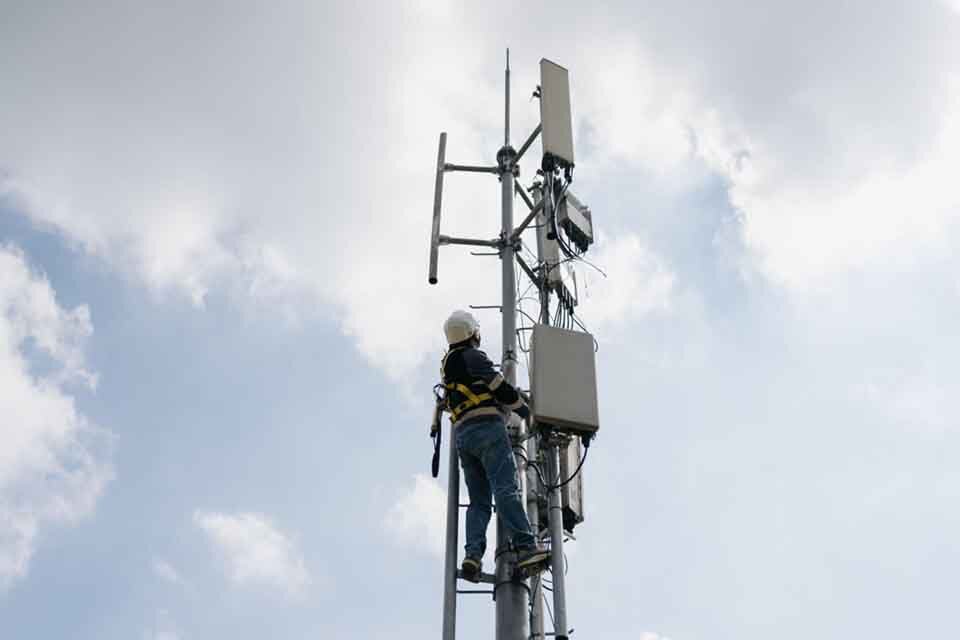Ashland City Council’s 5G Ordinance is Shot Down, Sending Them Back to Square One

5G is a rather contentious issue in general, but in Ashland, there’s a problem that’s been brewing within the city council. The problem revolves around the frequency the towers give off, and more specifically, the effect it has on people.
Thankfully there isn’t some grand conspiracy theory revolving around the towers and Covid or cancer or whatever have you, but it appears to still be affecting some people’s comfort.
In case you aren’t familiar with exactly what 5G is, I’ll give you the rundown. 5G is a 5th generation mobile network developed in 2019. When you use your phone to communicate with other devices, your cellular data is sent through radio frequencies. Calls, among other basic functions, are connected through a series of stations known as “cells”. 5G uses a higher radio frequency than the previous generations, allowing for a smoother and faster process when it comes to sending cellular data. So all 5G really does is produce electromagnetic waves for information to be sent and received. However, it’s the electromagnetic waves that are allegedly the problem.
According to the food and drug administration, the current limit on radiofrequency set by the Federal Communications Commission remains acceptable for not harming general health. There are a good chunk of experts who will vehemently disagree, but according to the World Health Organization and the FDA, 5G is safe. There is more research that needs to be done, but the general consensus is that it has no major impact on general health.
So, following this up, there are people who have identified themselves as being sensitive to radio frequencies, sporting a condition known as “Electromagnetic Hypersensitivity”. The consensus on whether it can be affected by electromagnetic frequencies is still up for debate. Symptoms can include headache, fatigue, stress, sleep disturbances, skin symptoms like prickling, burning sensations and rashes, muscle aches, and other such health problems.
Because of their condition, a good chunk of residents in Ashland have requested that the city council create an ordinance to regulate 5G. One ordinance was finally planned out to regulate small cell wireless facilities, and it was subsequently proposed to Ashland City Council. On Tuesday night, after many questions from Mayor Tonya Graham, the ordinance was dismissed. It had been deemed “not ready” by Acting City Attorney Doug McGeary.
Support was voiced by three Ashland residents, while opposition and even warnings were given by four representatives of telecommunications companies.
A member of AT&T’s legal council, Gregg Busch, said via Zoom that if the ordinance were followed through with, it could expose the city to legal risk. According to him, the proposed restrictions would be in direct violation of federal law and would require even more cell towers to be built for reliable service.
As the mandated end time closing in, Councilor Paula Hyatt proposed a resolution that would bring the League of Oregon City’s model ordinance back for review after proper amendments were made.
The problem, however, was that with mere minutes on the clock. Many of the councilors voiced that they didn’t actually know what they were voting for, but were unable to ask questions because of the time constraints. Hyatt’s resolution ended with a split vote, which was broken by the mayor’s vote to deny the resolution. This means that those who were planning it have to start back at the drawing board if they want to try again. Whether or not another ordinance will be drawn up around this contentious issue remains to be seen, but if so, it will no doubt be a while until then.


Comments are closed, but trackbacks and pingbacks are open.